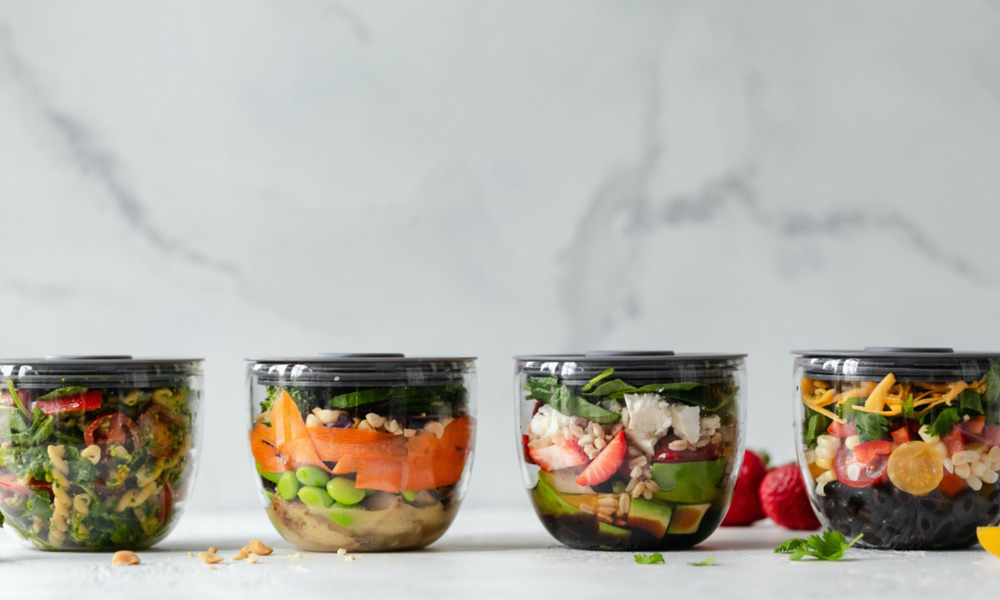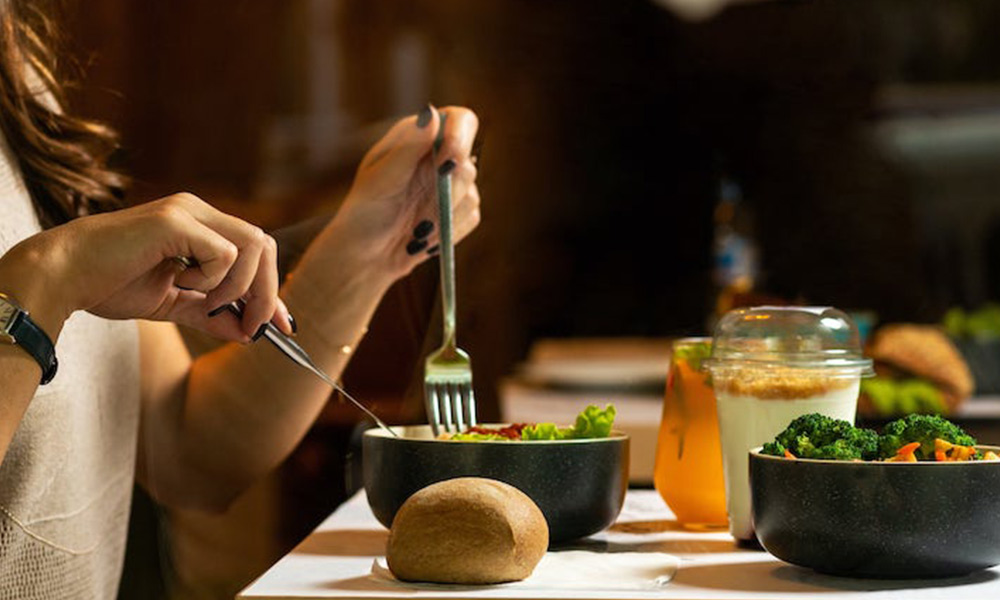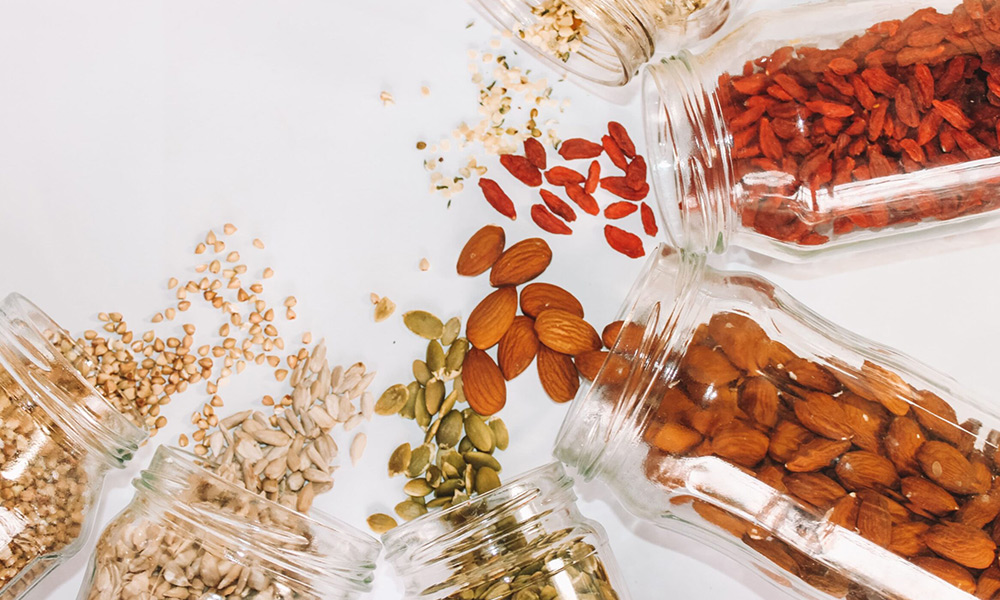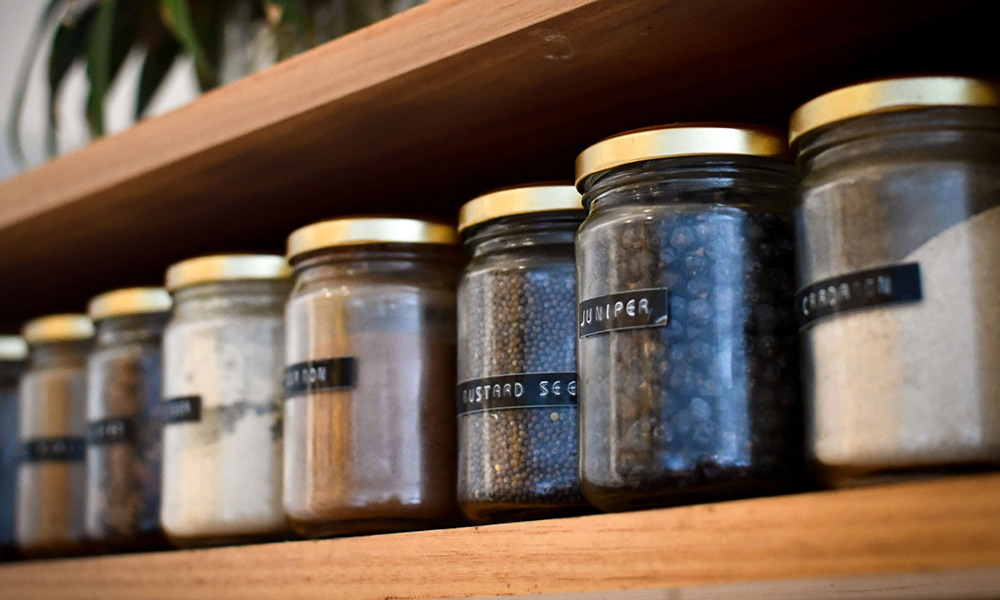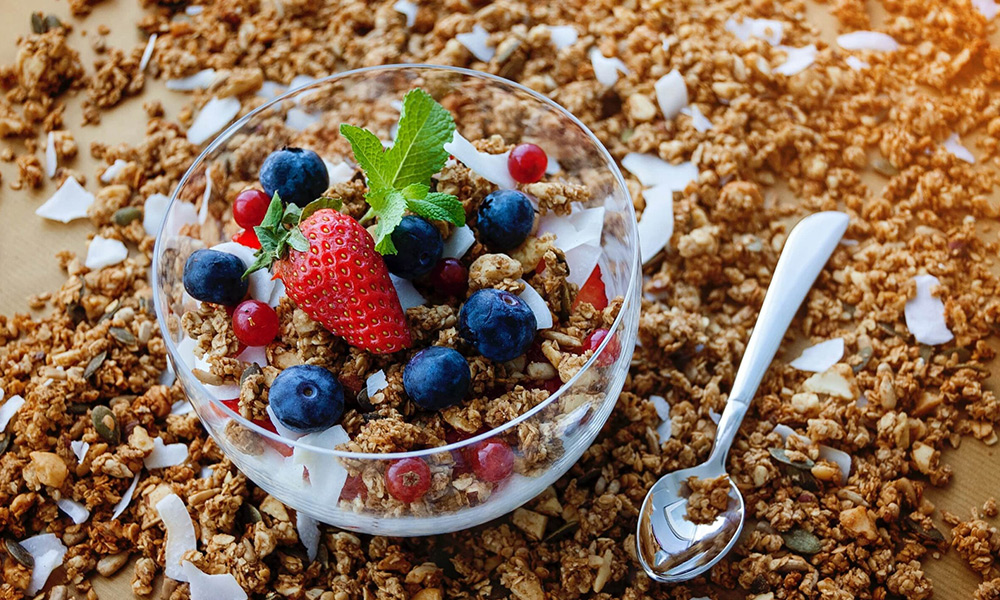Even before a cancer diagnosis, there may have been days when you didn’t feel like cooking. Most of the time, fatigue and emotional exhaustion can make it difficult to prepare a meal. You might even experience changes in taste or smell that affect your desire to cook. And yet, you recognize that healthy eating is an important factor in supporting your recovery.
At Survivor Fitness, we recognize all of the physical, emotional, and mental challenges that cancer survivors face each day. We want to make it as easy as possible for you to regain your strength and wellness. In this blog, we’ve highlighted a few quick and healthy meals you can turn to on those days you don’t want to cook. We’ve included a variety of options depending on what you’re in the mood for.
1. 4-Ingredient Chicken and Rice Casserole
Whether you are running low on ingredients or looking for an easy recipe to add to your meal prep routine, this chicken rice casserole makes for a crowd-pleasing dinner that comes together in five minutes of prep time.
2. Vegetarian Stuffed Sweet Potatoes
This vegetarian-friendly option combines a sweet potato with avocado and black beans to transform it into a complete and nutritious meal! All in under 15 minutes of prep which is a win for any weeknight!
3. Rotisserie Chicken Tacos
Breaking down a rotisserie chicken is a great way to save time and money throughout the week. Adding a few spices can help you create delicious tacos in under ten minutes. All you have to do is add whatever toppings you have on hand: cheese, lettuce, avocado, or salsa.
4. Rosemary Salmon and Veggies
Fish can be an important part of any healthy diet. The good news is that you don’t need tons of time or fancy ingredients to cook a delicious meal. After adding a simple marinade to your salmon, all you need to do is throw it in the oven with some of your favorite vegetables.
5. Mini Zucchini Pizzas
Have days where you want to ditch the meal you had prepared and order a pizza instead? This simple snack recipe is a fantastic alternative to satisfy your pizza cravings in a more healthy way.
6. Greek Salad with Edamame
Edamame is rich in fiber and protein, which makes it a great addition to salads if you don’t have time to cook meat. Adding it to a traditional Greek salad provides a quick and easy meal filled with heart-healthy ingredients.
7. Lemony Greek Chicken Soup
Finding a fast and simple recipe can be difficult when you’re in the mood for soup. This recipe only takes 20 minutes to come together and is the definition of comfort food.
8. Magic Green Sauce
Looking for something on the lighter side? This recipe can help you whip up a delicious dip with ingredients you likely have in your kitchen. All you have to do is add raw veggies or crackers to dip and you’re ready to go. You can also use this sauce as a quick marinade for chicken or dressing for salad.
Additional Resources for Eating Healthy
If you’re looking for more healthy recipes to incorporate into your diet, here are a few additional resources to check out:
- Our Favorite Healthy Breakfasts — If you’re looking to improve your morning routine, this blog highlights some of our favorite daily breakfast ideas.
- Our Favorite Healthy Snacks — Searching for healthy snack ideas? This article shares a few fun ways to feed your cravings without reaching for foods high in sugar and calories.
- Simple Switches to Improve Your Diet — This blog unpacks a few simple switches you can implement to improve your nutrition without losing the flavors you love.
If you’re a cancer survivor who wants to incorporate healthy eating into your recovery routine, Survivor Fitness can connect you with a certified nutritionist to help you regain your health and wellness. Reach out to our team to learn more about how to become a Survivor Fitness participant.

